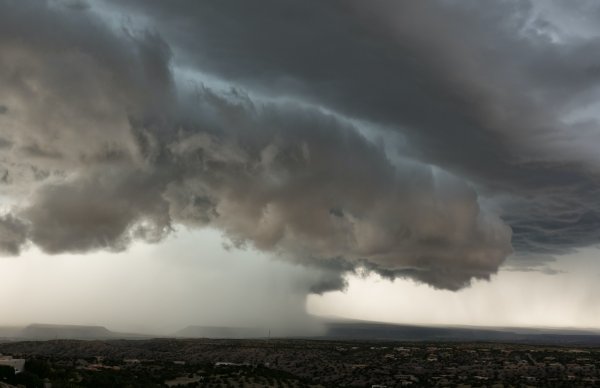Rainfall over the Sahel is the most critical water resource to sustain agriculture and biodiversity in West Africa, where a declined rainfall amount has posed challenges to the local community [Held et al. 2005]. Throughout the year, rainfall almost exclusively occurs in the summer when the west African monsoon brings water from adjacent oceans to the continent. When the water exits the ocean, the salt is left behind. The saltiness level of the ocean is thus a natural indicator of the oceanic water cycle, making salinity a “Nature’s rain gauge” [Schmitt et al. 1995; Durack et al. 2015]. Grounded on this rain gauge idea, the co-PI has successfully predicted Sahel rain one season ahead based on sea surface salinity in the North Atlantic Ocean [Li et al. 2016], which could better prepare the local community for the upcoming monsoon season.
This study made headlines in multiple news outlets (e.g., AAAS Science, Science Daily). However, three puzzles remain regarding the physical mechanisms, which are 1) the pathway of moisture transport from the subtropical North Atlantic to the Sahel; 2) the delay mechanism that bridges pre-season salinity and monsoon-season precipitation; 3) the response of summer monsoon rainfall generation and organization processes. The overarching goal of this project is to solve these three puzzles. Our study will be hinged on the following three hypotheses: 1) the ocean-to-land moisture transport follows a pathway along the lower branch of a localized overturning circulation expanding the subtropical North Atlantic and the African continent; 2) the oceanic moisture, when entering the African Sahel, actively interacts with the land surface, elevating soil moisture content, supplying water for vegetation growth, which in turn promotes precipitation; 3) the positive land-atmosphere feedback favors the generation, organization, and growth of rainfall systems during the summer monsoon season.
The study is expected to lead to a significant step forward to understand the ocean-land atmosphere water cycle at a process level, which could improve seasonal forecasts of precipitation, and inform science-based policy to mitigate this region against climatic impacts.





